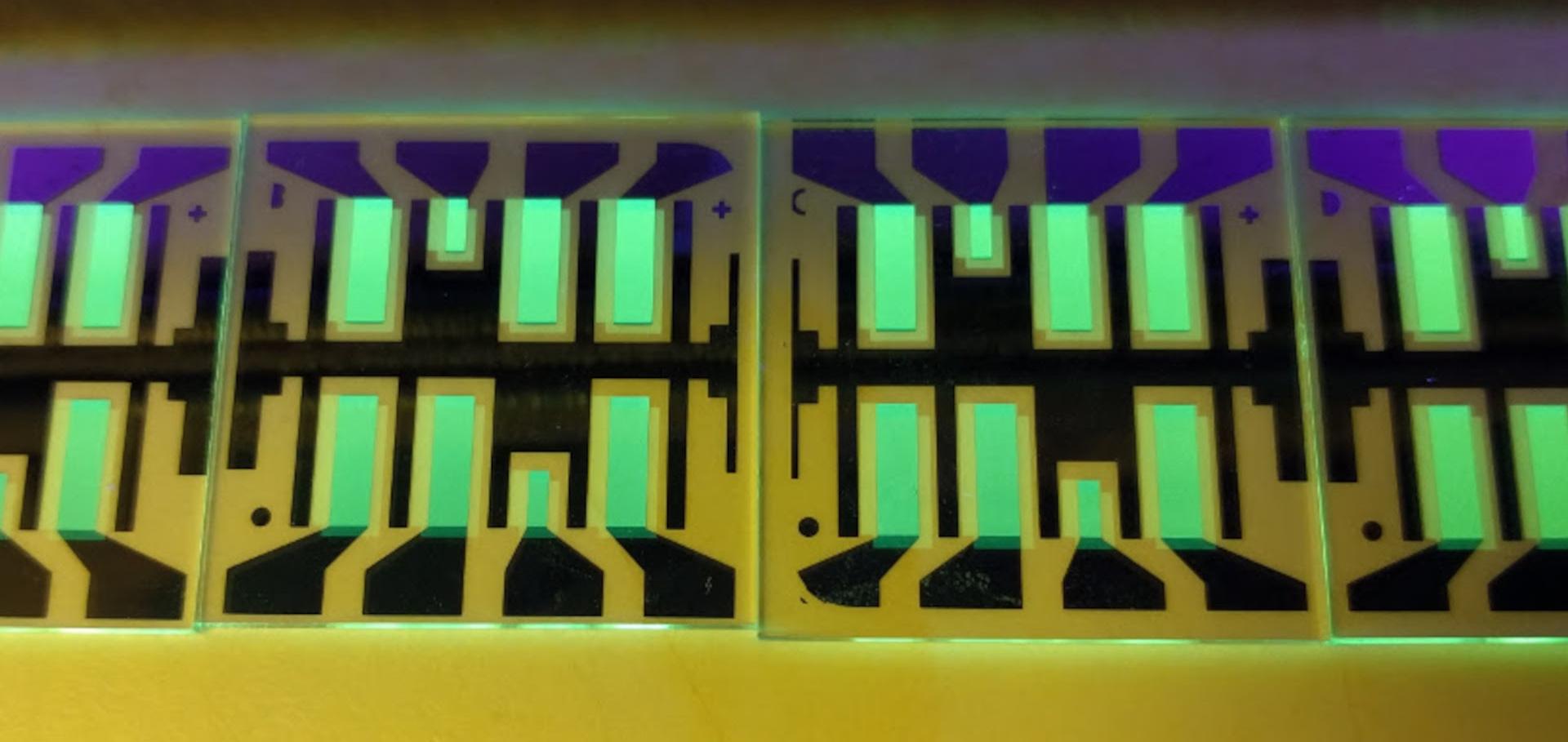Probing the energy levels of organic bulk heterojunctions by varying the donor content
Abstract:
The performance of organic solar cells is strongly governed by the properties of the photovoltaic active layer. In particular, the energetics at the donor (D)–acceptor (A) interface dictate the properties of charge transfer (CT) states and limit the open-circuit voltage. More generally, energetic landscapes in thin films are affected by intermolecular, e.g., van der Waals, dipole, and quadrupole, interactions that vary with D:A mixing ratio and impact energy levels of free charges (ionization energy, electron affinity) and excitons (singlet, CT states). Disentangling how different intermolecular interactions impact energy levels and support or hinder free charge generation is still a major challenge. In this work, we investigate interface energetics of bulk heterojunctions via sensitive external quantum efficiency measurements and by varying the D:A mixing ratios of ZnPc or its fluorinated derivatives and C60. With increasing donor fluorination, the energetic offset between FxZnPc and C60 reduces. Moving from large to low offset systems, we find qualitatively different trends in device performances with D:C60 mixing ratios. We rationalize the performance trends via changes in the energy levels that govern exciton separation and voltage losses. We do so by carefully analyzing shifts and broadening sEQE spectra on a linear and logarithmic scale. Linking this analysis with molecular properties and device performance, we comment on the impact of charge–quadrupole interactions for CT dissociation and free charge generation in our D:C60 blends. With this, our work (1) demonstrates how relatively accessible characterization techniques can be used to probe energy levels and (2) addresses ongoing discussions on future molecular design and optimal D–A pairing for efficient CT formation and dissociation.


